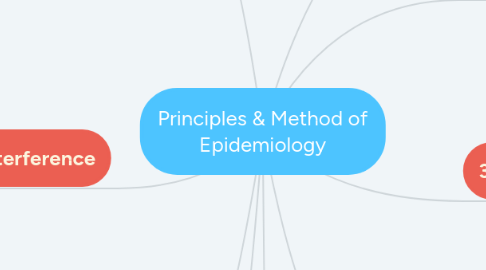Principles & Method of Epidemiology
作者:Jeshurun Nesaraj

1. 5. Study Design
1.1. cross-sectional/prevalence
1.2. case series
1.3. case control – odd ratio
1.4. cohort- relative risk
1.5. ecological study
1.6. randomized controlled trial –double blind
1.7. summaries study – systematic review/meta analysis)
2. 6. Causal interference
2.1. i) Bradford Hill criteria
2.1.1. strength of association
2.1.2. data consistency
2.1.3. specificity
2.1.4. temporality
2.1.5. biological gradient
2.1.6. plausibility
2.1.7. coherence
2.1.8. experiment
2.1.9. analogy
2.2. ii) Legal interpretation
2.2.1. could’ have caused it, not ‘it caused’ it
3. 7.Population health management. Ability to:
3.1. asses health status & health needs
3.2. implement and evaluate interventions designed to improve health
3.3. efficiently and effectively provide care for members of population
4. 8. Applied field epidemiology
4.1. humanitarian context
5. 1. Definition
5.1. distribution
5.2. determinants
5.3. frequency – prevalence vs incidence
6. 2. History
6.1. modern era
6.2. 21st century
7. 3. Areas
7.1. causation
7.2. transmission
7.3. outbreak investigation
7.4. disease surveillance
7.5. environmental epidemiology
7.6. forensic
7.7. occupational screening
7.8. biomonitoring
8. 4. Type of Studies
8.1. Observational (descriptive vs analytical)
8.2. Experimental (randomized controlled trials, field trials, community trials)
9. 9. Validity, precision & bias
9.1. random error (get a larger sample size and decrease variability in study measurements to reduce this)
9.2. systematic error (internal & external validity)
9.3. selection bias
9.4. information bias
9.5. confounding


